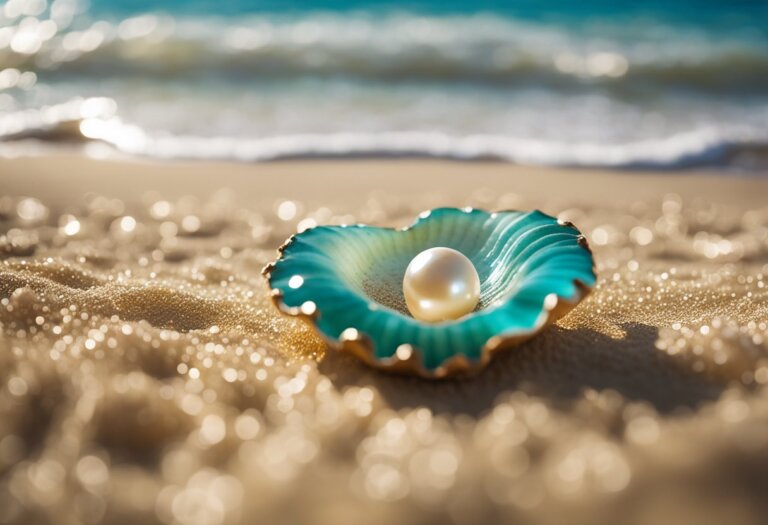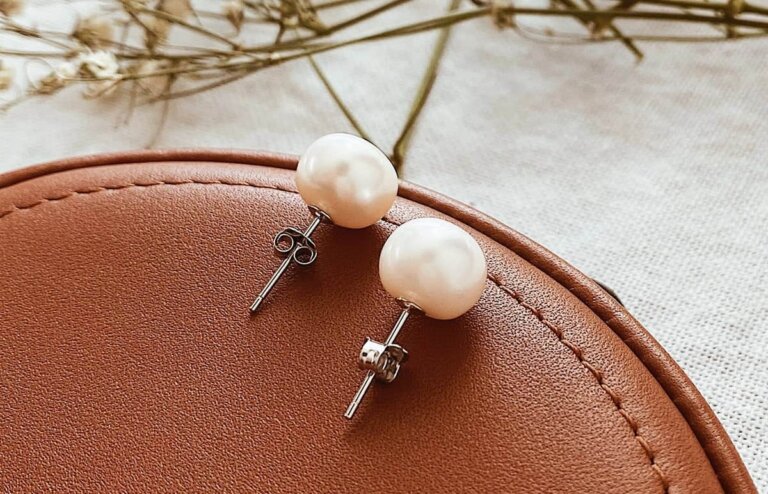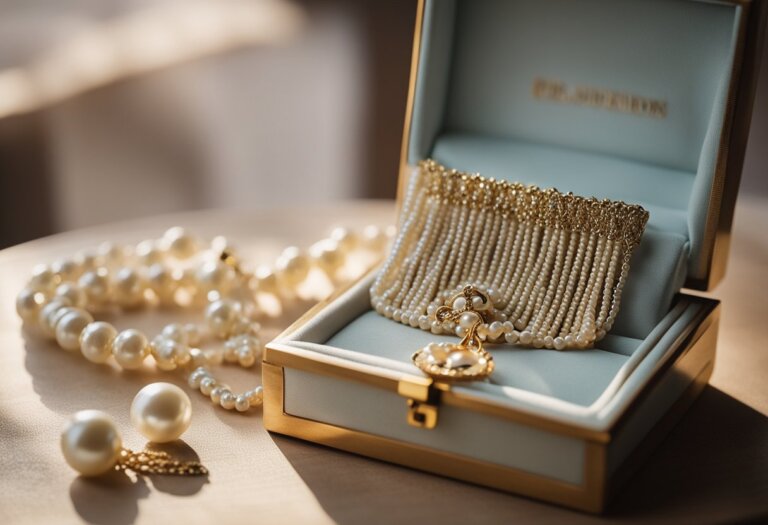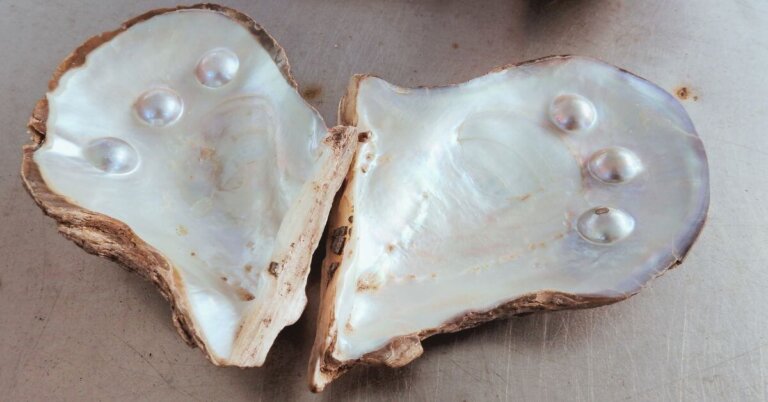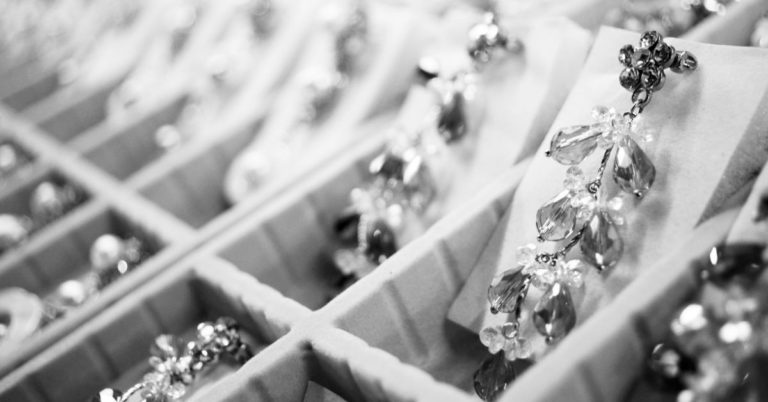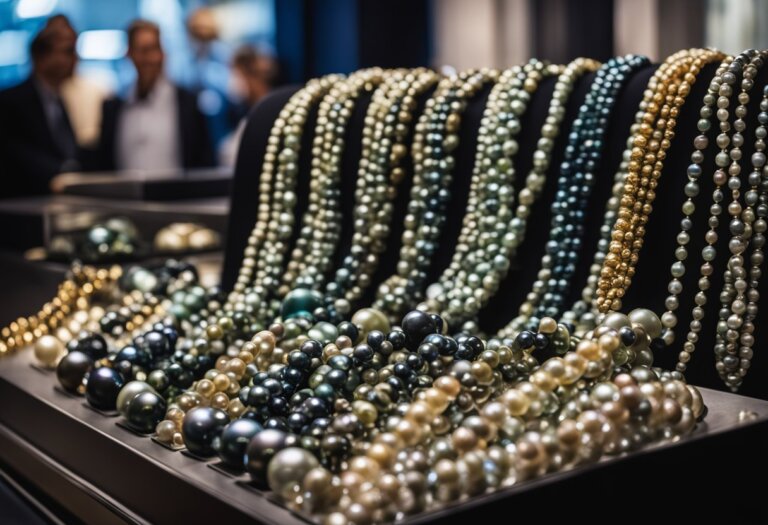Akoya Pearls: Complete Buyer’s Guide
Akoya pearls are renowned for their luster and are a significant part of the cultured pearl market. Originating from Japan, these pearls set the standard for what we consider classic pearl jewelry.
They typically range in size from 2 to 11 millimeters. The pearls are cultivated from the Akoya oyster, a species found primarily in the waters of Japan and China.

In the process of creating cultured pearls, technicians carefully insert a nucleus into the Akoya oyster to stimulate the production of nacre, the substance that gives pearls their iridescent beauty.
Over time, layers of nacre coat the nucleus, forming the pearl. This method mirrors the natural pearl formation but under controlled conditions ensuring higher yields and more consistent quality.
The outcome is a collection of pearls that often exhibit a perfectly round shape and a mirror-like sheen. Akoya pearls are highly sought after for necklaces, earrings, and other types of fine jewelry due to their elegance and timeless appeal.
Your choice of Akoya pearl jewelry can range from a simple, single-pearl pendant to an elaborate strand, perfect for formal occasions.
Origins and Cultivation
In this section, you will explore the cultural heritage, intricate culturing process, and specific oyster species behind Akoya pearls.
The Birthplace of Akoya Pearls
The Akoya pearl has its roots in Japan, where the practice of pearl cultivation was revolutionized.
In the late 19th century, Kokichi Mikimoto successfully created the first cultured pearls, laying the foundation for modern pearl farming.
Culturing Process
Culturing Akoya pearls starts with a painstaking procedure, where an irritant is inserted into the Pinctada Fucata oyster.
This practice, known as nucleation, stimulates the production of nacre, resulting in the lustrous pearls we cherish. The culturing cycle can take up to two years, demanding patience and finesse.
Akoya Oyster Species
Pinctada Fucata is the primary oyster species used in Akoya pearl farms.
These oysters thrive in the salty waters of Japan, as well as regions like Vietnam, China, and Australia. Their ability to produce high-quality pearls makes them integral to the pearl farming industry.
Characteristics of Akoya Pearls

Akoya pearls are revered for their excellent nacre quality and the brilliant luster that jewelry enthusiasts cherish. They are traditionally harvested in Japan and are known for their round shape and rich color variations.
Nacre and Luster
Nacre, also referred to as mother-of-pearl, is the beautiful, iridescent substance that forms the inner layer of the shell of some mollusks, which gives the Akoya pearls their exceptional luster.
Your Akoya pearl’s luster should be clear and bright, making it reflect light beautifully.
Size and Shape
The size of Akoya pearls typically ranges from 3 to 10 mm. You’ll often find them perfectly round, the most desired shape.
However, they can also be oval, drop-shaped, or baroque, which refers to pearls with an irregular shape.
Color Variations
Your Akoya pearls can exhibit a variety of colors, from classic white pearl to silver-blue, and sometimes even rare black Akoya pearls.
These delightful gems may possess enchanting overtones, subtle hues of color that lie on top of the main body color, creating a unique reflection that enhances their beauty.
Jewelry and Adornment
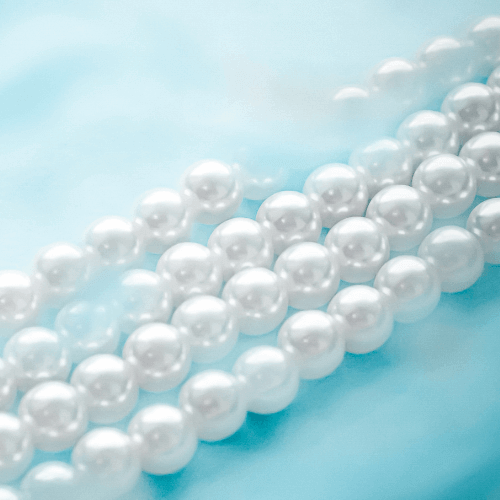
Akoya pearls are synonymous with elegance, and their use in jewelry has a rich history. This section dives into the various forms Akoya pearls take as adornments.
Types of Akoya Pearl Jewelry
- Necklaces: Your Akoya pearl necklace may feature a single pearl or a string of pearls, known for their mirror-like luster.
- Earrings: Akoya pearl earrings range from simple studs to intricate drop designs, offering versatility for any occasion.
- Rings: A ring with an Akoya pearl set in gold or silver is a statement of refined taste.
- Bracelets and Pendants: Bracelets often display Akoya pearls in a series, while pendants showcase individual pearls on a chain.
Styling with Akoya Pearls
Styling your outfit with Akoya pearl jewelry adds a touch of sophistication. Pair a simple black dress with a strand of Akoya pearls for a classic look.
Mix and match Akoya pearl earrings with your outfits to elevate your style.
Caring for Your Pearls
Proper care extends the life of your Akoya pearl jewelry. Store your pearls away from other jewelry to avoid scratches and clean them with a soft cloth after wearing. Regularly check for loose pearls in settings and restring necklaces periodically.
Grading and Value

The grading of Akoya pearls significantly affects their market value. This section will help you understand the precise criteria that determine the quality and price of these pearls.
Understanding Pearl Grading
Pearl grading is the standard practice to assess their quality.
Akoya pearls are often graded using letters like AA and AAA, with AAA denoting the highest-quality pearls. These grading systems evaluate several factors, including the shape, luster, surface quality, and nacre thickness.
Hanadama pearls represent the pinnacle of Akoya pearl quality, earning a reputation as the finest available. They come with a certificate that verifies their exceptional status.
Factors Influencing Value
The value hinges upon specific attributes.
- Perfectly round Akoya pearls are the most sought after, valued for their rarity.
- Highly lustrous pearls reflect light with a mirror-like quality, indicating a well-formed nacre and superior craftsmanship in cultured pearls.
Unlike South Sea or Tahitian pearls, Akoya pearls are often smaller but boast higher luster.
Unique characteristics such as size, color, and the absence of surface imperfections elevate a pearl’s value.
Renowned figures like Marilyn Monroe have influenced the pearl industry, perpetuating pearls as a symbol of elegance and luxury. Marketing efforts also play a critical role in driving the perception of value in the pearl industry.

